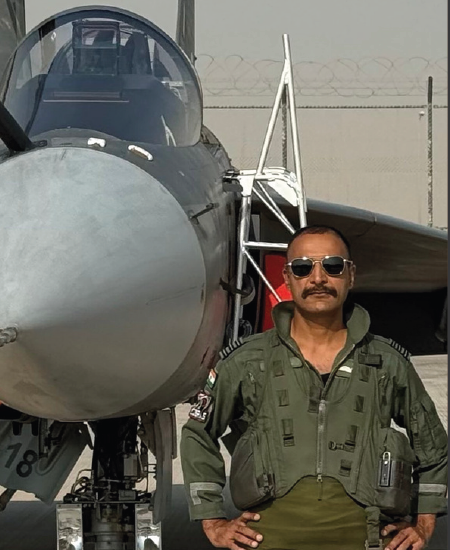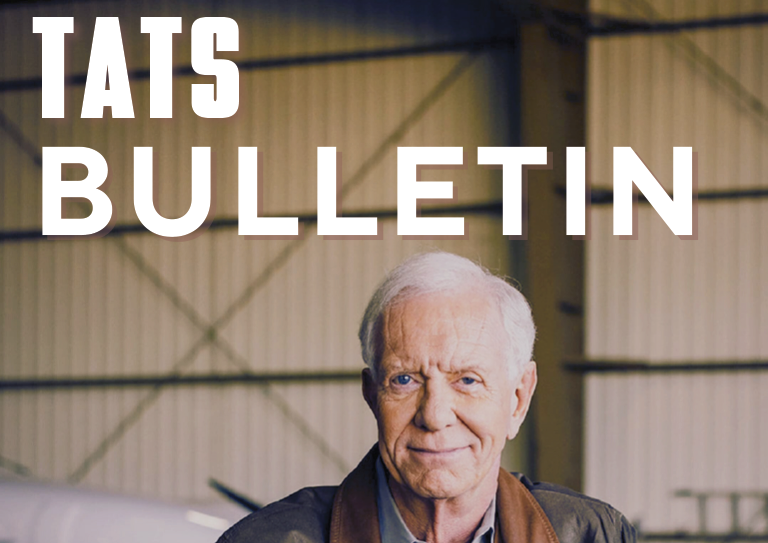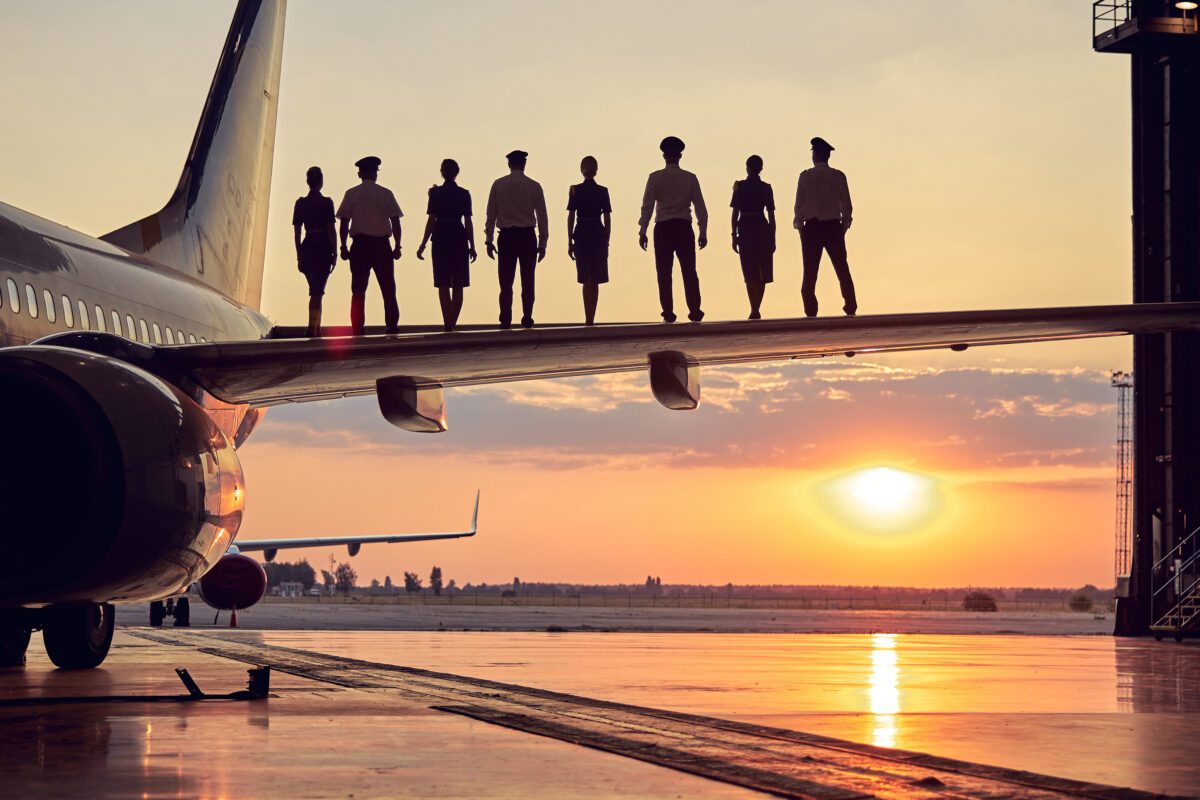The aviation sector in India is poised for a transformative journey. With rapid economic growth and increasing demand for air travel, the future of aviation in India looks promising and dynamic. This article explores the key trends that are expected to shape the future of Indian aviation, including technological advancements, infrastructure expansion, and sustainability efforts.
Economic Growth and Market Expansion: India is projected to become the third-largest aviation market by 2024, according to the International Air Transport Association (IATA). The burgeoning middle class, increasing disposable incomes, and a growing preference for air travel over other forms of transportation are driving this expansion. The government’s regional connectivity scheme, UDAN (Ude Desh ka Aam Naagrik), aimed at making air travel affordable and widespread, especially in smaller cities, further fuels this growth.
Technological Innovations: Technology will play a crucial role in shaping the future of Indian aviation. Innovations such as artificial intelligence (AI), machine learning, and blockchain are set to revolutionize the way airlines operate and interact with customers. AI can optimize flight routes, improve maintenance predictability, and personalize customer service, enhancing operational efficiency and passenger satisfaction. Moreover, the introduction of biometric scanning and contactless technologies, accelerated by the COVID-19 pandemic, are expected to streamline airport procedures, reduce wait times, and enhance security.
Infrastructure Development: To accommodate the anticipated growth, significant investments in infrastructure are crucial. The Indian government has committed to improving airport infrastructure with plans to construct over 100 new airports by 2024. This expansion includes major upgrades in Tier 2 and Tier 3 city airports, which are increasingly becoming traffic hubs due to rising local demand. Furthermore, the development of greenfield airports and the modernization of existing facilities with better technology and increased capacity are underway. These efforts aim to decongest major airports and ensure smoother operations across the country.
Sustainability Initiatives: As environmental concerns become more pressing, the Indian aviation industry is increasingly focusing on sustainability. Airlines are investing in more fuel-efficient aircraft and exploring alternative fuels like biofuels to reduce carbon emissions. The government’s push towards sustainability is evident in its policies, including incentives for airlines that adopt green technologies. In addition to hardware improvements, operational tactics such as single-engine taxiing and optimized flight paths contribute to reduced fuel usage and emissions. These efforts are critical as the industry aims to balance rapid growth with environmental stewardship.
Challenges and Opportunities: Despite the optimistic outlook, the Indian aviation sector faces several challenges, including regulatory hurdles, intense price competition, and infrastructure constraints. Addressing these issues effectively will require coordinated efforts between the government, private sector, and international aviation bodies. The future also presents numerous opportunities such as the potential for India to become a global hub for aviation services, including maintenance, repair, and overhaul (MRO) operations. The strategic geographic location and abundant skilled workforce position India favorably to capitalize on these opportunities.
Conclusion: The future of aviation in India is a narrative of growth fueled by economic expansion, technological innovation, and a strong commitment to sustainability. With the right policies and investments, India is well-positioned to achieve its aviation aspirations and become a leading player in the global aviation arena. This journey, while fraught with challenges, offers immense potential to redefine the contours of Indian aviation and contribute significantly to its economic development.


















